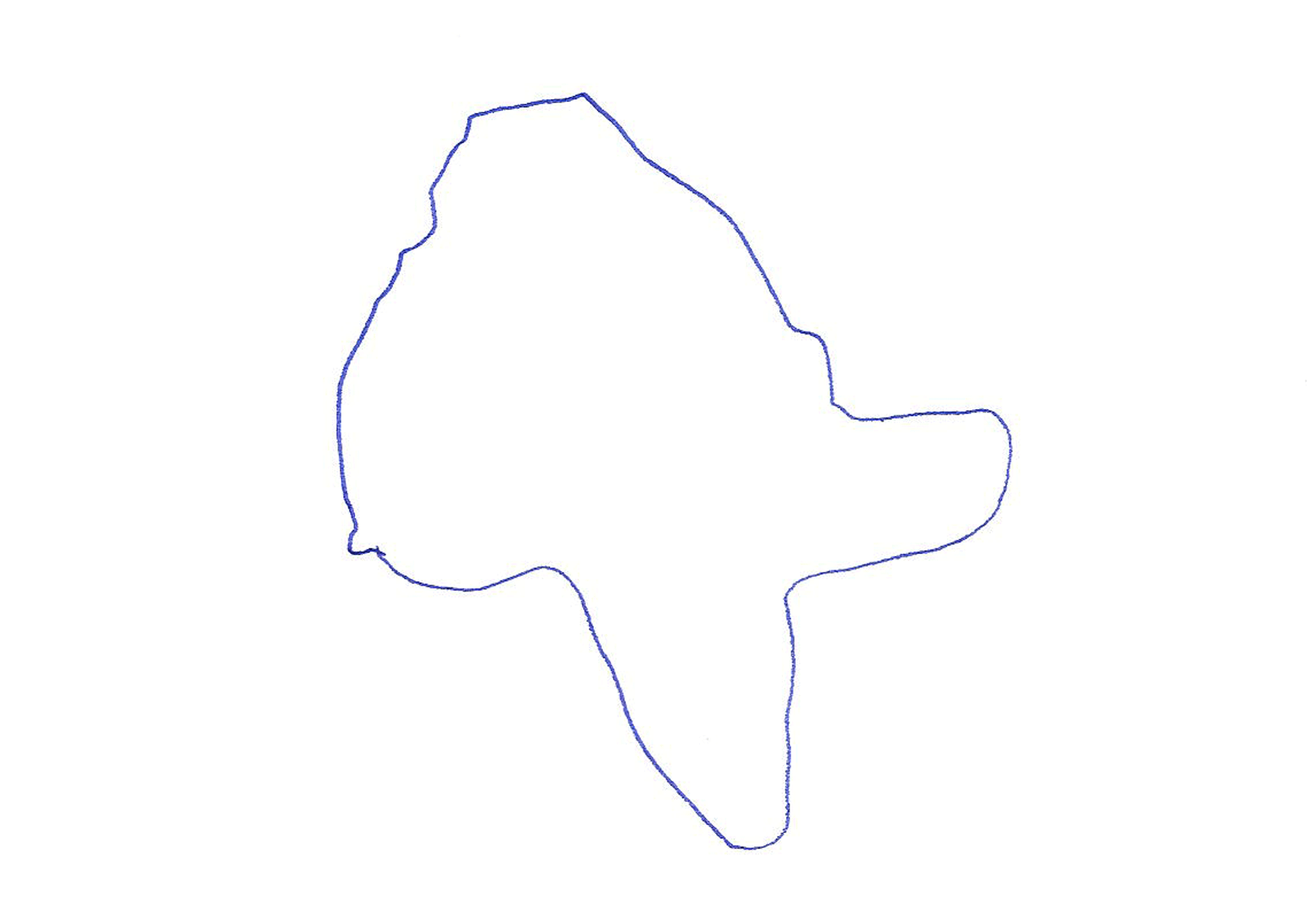Drawn Maps of Switzerland
When we turn the globe and trace the thin lines with our finger, many national borders look as if they have been drawn with a ruler on a drawing board. Was this a well-calculated move or the result of a game of dice? Both seem possible. For centuries, rulers have been reaching for a scalpel and dividing the earth’s surface into small and large puzzle pieces, which they call countries, republics and kingdoms. That these lines separate not only meadows and forests, but also grandmothers from their families in the neighboring village? That doesn’t matter. At least not at first glance. In fact, we live in a world in which the lines on the world map are much more than mere dashes; they determine which passport we carry in our jacket pocket, in which language we write school essays or what opportunities life holds for us – or denies us. Whether the borders on paper also correspond to the sense of belonging of the people living within them is usually ignored. In her work, the Indian artist Shilpa Gupta makes visible what no atlas can depict: she explores how places, people and values are shaped and influenced by nationalism, religion and borders. Her works repeatedly pose two questions that are directed at the viewers: What about my own idea of identity and belonging? Where would the people around me start to draw their own boundaries? Taken together – or rather, superimposed – these two questions form the core of the work “100 Drawn Maps of My Country”. The Indian artist asked 100 residents of countries such as India or Italy to draw a map of their home country from memory. When the drawings are superimposed on top of each other, they create a map that you won’t find on any globe – but one that may be a much more accurate representation of reality. After all, when is a map “correct”? When it accurately represents the curvature of the earth, topography and official borders, and has been calculated and measured by cartographers? Or when the people who live in the area shown on the map and know the mountains and valleys, villages and towns like no one else draw and describe the map? In the exhibition Landsichtssache, we show a transformation of Gupta’s work. Around 100 people living in Switzerland have drawn a map of Switzerland in the run-up to the exhibition – from memory or from the gut, exactly as they have stored Switzerland with its borderlines in their innermost being. Overlapping, these individual maps form a completely new and at the same time familiar map of Switzerland – a map that will continue to grow throughout the exhibition. During the exhibition, visitors are invited to contribute to a digital drawing of Switzerland, which is constantly changing with each new drawing. This is how it works: Take a sheet of white A4 paper and use a blue ballpoint pen to draw the outline of Switzerland. We will accept your drawing – please send it scanned by email (info@museevisionnaire.ch), by post or directly to the museum. We will then overlay the submitted drawings. The map that emerges from this will be part of the We look forward to seeing your map of Switzerland!
(Cantons, cities, mountains, etc. should be left out.)
“Landsichtssache” (1.4.-12.10.) exhibition at Musée Visionnaire. At the end of the exhibition, there will be a poster of it. Everyone who took part will be able to obtain a poster.






